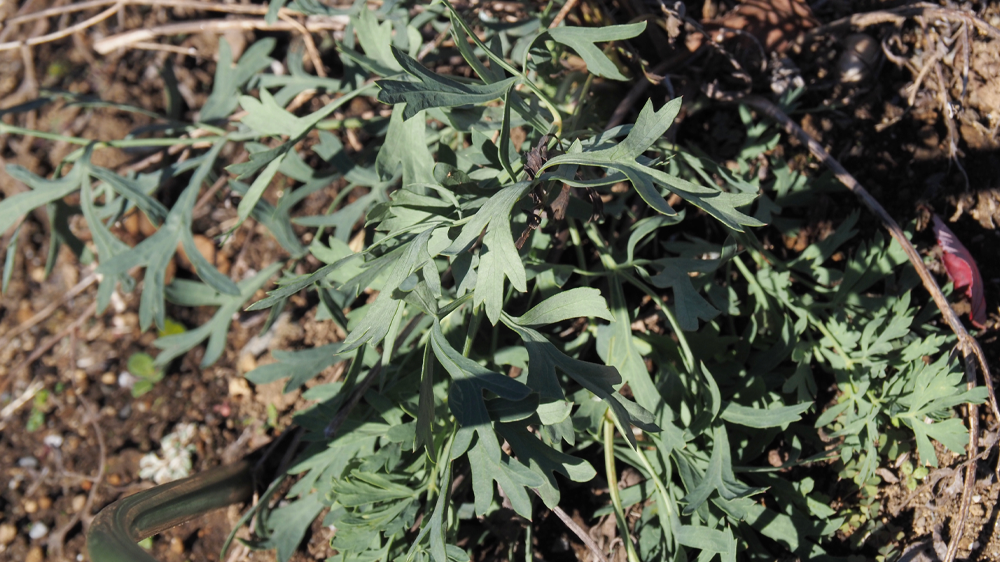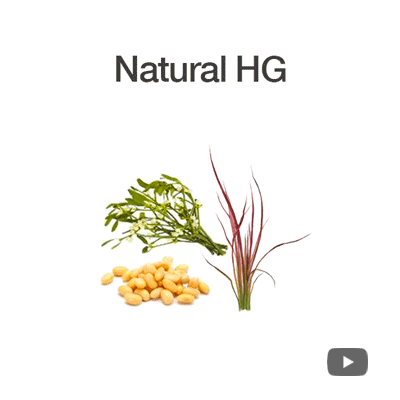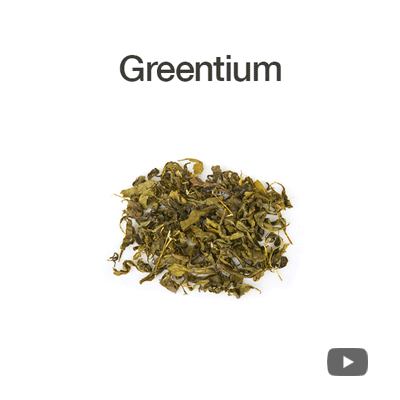Siler Root Extract
#siler #anti-inflammatory #anti-aging

- INCI Name
- Saposhnikovia Divaricata Root Extract
- IECIC Name
- SAPOSHNIKOVIA DIVARICATA ROOT EXTRACT
- Efficacy
- Anti-aging, Anti-inflammation
- Certification
-

Saposhnikovia divaricata, also known as its taxonomical synonym, Ledebouriella seseloides, grows in eastern Siberia and northern Asia. It is a perennial herb used as a traditional medicine for the similar medicinal purpose with Panax ginseng in Korea and China where it is called Bangpung or Fangfeng. It is also commonly called siler root, and the dried root and rhizome have been traditionally used for many purposes such as anti-phlogistic, analgesic, diaphoretic, anti-pyretic, anti-biotic, and anti-virus activities. It was also used in the treatment of many inflammatory symptoms such as rheumatoid arthritis. Many reports have demonstrated that siler root and its components exhibited significant anti-inflammatory properties. The investigations on phytochemicals reported that S. divaricata contains many pharmacologically active components including chromones, coumarins, lignans, panaxynol, falcarindiol, and dammarane-saponins.
A study demonstrated that anomalin, a pyranocoumarin constituent of S. divaricata, exhibited anti-inflammatory activity through the inhibition of inducible nitric oxide synthase (iNOS) and of cyclooxygenase-2 (COX-2) mRNA and protein expression in LPS-stimulated macrophages. It was also reported that imperatorin and deltoin, the major components of Saposhnikoviae Radix, suppress NF-κB and MAPK activation in macrophages.
- Recommended Product
-
 #lotus leaf #anti-pollution #anti-senescence Leafresh
#lotus leaf #anti-pollution #anti-senescence LeafreshNelumbo Nucifera Leaf Extract
-
 #3 TKM plants #skin moisturizing #skin soothing Natural HG
#3 TKM plants #skin moisturizing #skin soothing Natural HGSaccharomyces/Viscum Album (Mistletoe) Ferment Extract, Lactobacillus/Soybean Ferment Extract, Saccharomyces/Imperata Cylindrica Root Ferment Extract
-
 #3 leaves #anti-microbial #anti-oxidant Natural DO
#3 leaves #anti-microbial #anti-oxidant Natural DOChamaecyparis Obtusa Leaf Extract, Eucalyptus Globulus Leaf Extract, Pinus Densiflora Leaf Extract
-
 #green tea #well-aging #anti-aging Greentium
#green tea #well-aging #anti-aging GreentiumAspergillus/Camellia Sinensis Leaf Ferment Extract
- Product Inquiry








